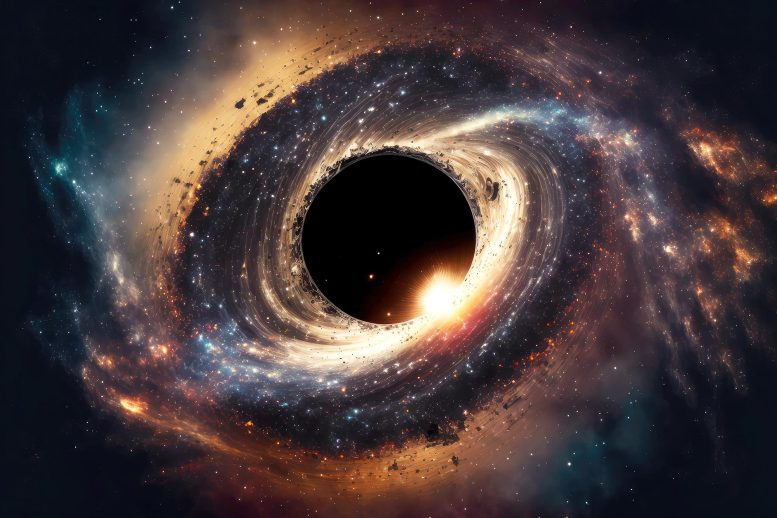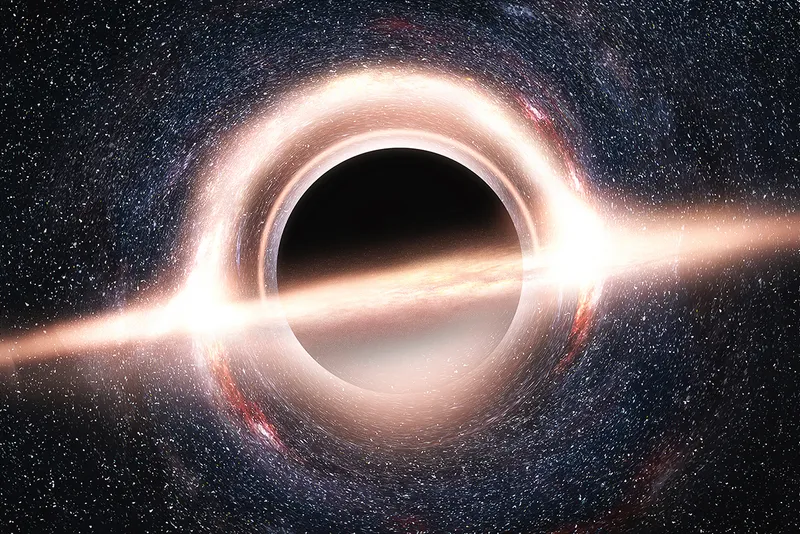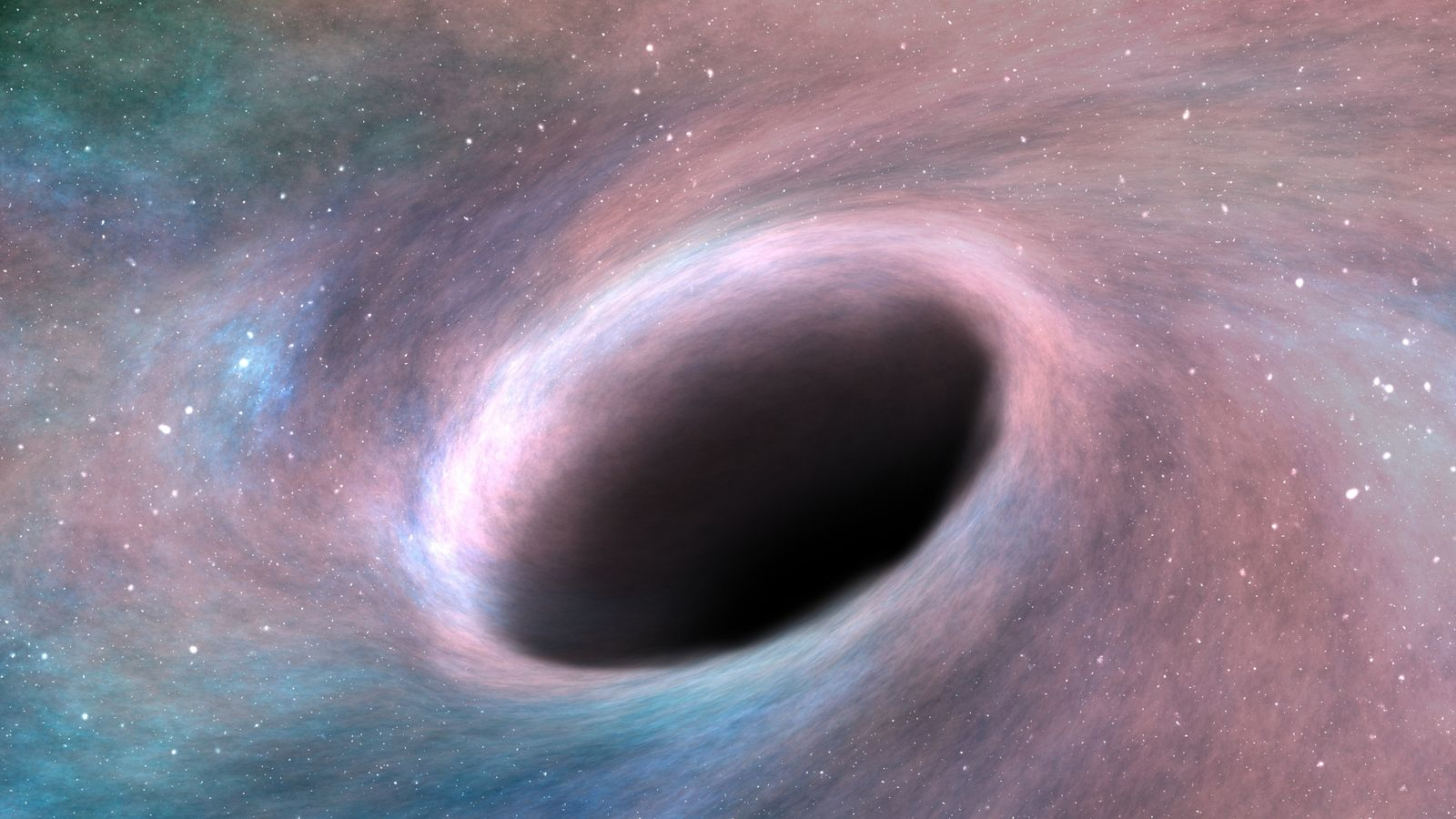In Dark Star, director John Carpenter’s debut full-length film, a sentient starship, a weird crew of astronauts, and a bomb going through a personal existential crisis are all on a mission to destroy unstable planets.
It is named after the original term for what would later be called black holes.

In 1783, theologian and scientist John Michell developed the concept of “dark stars,” which are stars with such strong gravitational pulls that they enviously cling to anything they come into contact with, including light.
The concept of dark stars was further expanded upon throughout the course of the following 200 years by scientists such as J. Robert Oppenheimer, Karl Schwarzschild, and Albert Einstein, until one was eventually discovered.
Astronomers verified the presence of Cygnus X-1, a black hole, in 1971. It has a mass roughly 20 times that of the Sun and is located around 6,000 light-years away.

We now know that the universe is dotted with supermassive black holes, and our galaxy alone may contain up to 100 million less-massive black holes.
Astronomers have spotted one of these lurking nearby, and it’s the largest one we’ve ever seen.
Stellar mass black holes versus supermassive black holes
Amazing groupings of densely packed stuff make up black holes. They are a single, impossibly dense point made of more stuff than the Sun.
Spacetime becomes so distorted around a black hole that anything that falls into the gravitational well would never be able to escape.
The universe will punch your one-way ticket to nowheresville if you get too near. Not all black holes are created equal, though.

Their mass and the size of the gravity well they create differ from one another.
Supermassive black holes are the largest among all, the cosmic annihilation rulers.
They serve as the gravitational fulcrums that balance galaxies, making them the stars of the universe.
Supermassive black holes are found at the core of nearly all massive galaxies, including our own. Sagittarius A* (Sag A*), the black hole at the center of the Milky Way, is about 4.2 million Suns in mass, give or take a few thousand stars.
According to astronomers, supermassive black holes are created when numerous smaller black holes collide over an extended period of time.
Additionally, they might have benefited from the early universe’s massive star deaths.

For two reasons, supermassive black holes are the most straightforward to locate. We know where to look first.
Second, right outside the event horizon, they frequently have disks of hot material swirling around them.
Although black holes are invisible to the naked eye, their charged plasmatic entourage can be seen circling them.
Nearly all of the black holes in the larger population are stellar mass black holes, which are singularities with masses comparable to those of stars.
They originate from stars that are at least 20 times as massive as the Sun.
They collapse into a black hole after exploding in a powerful supernova when their cores run out of fuel to fuse.
A singularity that consumes light and has a mass a few times (or a few hundred times) that of the Sun is what remains.
The Black Hole That Is Nearest to Earth
In 2002, astronomers discovered indications of a black hole located 1,561 light-years away using data from the ESA’s space-based Gaia observatory.
Although it is only roughly ten times the mass of the Sun, it is the closest known bottomless hole.
The black hole, known as Gaia BH1, was discovered because Gaia is especially adept at tracking star movements.
It repeatedly takes pictures of the sky, comparing the positions and movements of the stars over time.
Astronomers can determine whether stars have a dancing partner, such as a black hole or an exoplanet, by observing how the stars move across the night sky.

Now, using data from Gaia, astronomers have discovered another black hole, the little farther out but far more massive Gaia BH3.
BH3 is the second-closest black hole ever found, located slightly under 2,000 light-years away and toward the constellation Aquila.
In the stellar mass black hole weight division, it ranks first for girth but second for distance.
With the equivalent of 33 Suns packed inside, BH3 is the largest stellar mass black hole we have yet seen.
Compared to Cygnus X-1, the next-largest stellar mass black hole, that is almost 50% more massive.
Nobody anticipated discovering a high-mass black hole so close to Earth that it had not yet been discovered. Pasquale Panuzzo, a member of the Gaia team, said in a statement, “This is the kind of discovery you make once in your research life.”
The orbits of BH3 and its companion star are rather near to one another.
The companion star of the black hole would orbit between Jupiter and Neptune’s distances as it dips closer and farther away along its elliptical orbit if it were placed where the Sun is.
They are close enough for astronomers to detect the star shaking in response, but not close enough for BH3 to grab pieces of the star.
We were unable to observe Gaia BH3 from its accretion disk because it is a dormant black hole, which means it is not currently consuming matter.
Rather, by observing the wobbling of its partner star, astronomers discovered it.

Astronomers used ground-based telescopes to determine the object’s mass when it was discovered.
Because binary stars are frequently composed of the same material, further research on the companion may provide information on the genesis of the black hole.
Indeed, the companion star has already been found to contain comparatively few elements heavier than helium or hydrogen by astronomers.
Its low metallicity, as defined by astronomers, may help to explain the formation of the black hole.
Scientists have theorized that starts with low metallicity have more mass available for collapsing into a pinpoint at the conclusion of their lives because they lose less mass over time.
Gaia BH3’s existence lends credence to that theory and clarifies the formation of massive stellar mass black holes.








